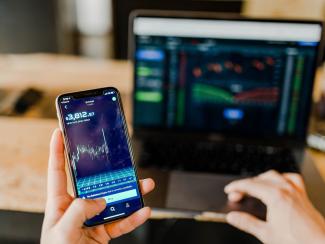
Market Corrections and When to Buy
In mid-October of 2008, Warren Buffett said “Buy American. I am.” in the midst of the worst financial crisis since the Great Depression. Stocks would fall a further 30% or so from the day of Buffet’s declaration. Even so, if had you purchased a simple S&P 500 index fund on the very same day Buffett said he was buying, you would be up more than 200% today, even after this February-March 2020 decline.
Buffet can’t call the bottom of a market any better than you or I, which is probably really lucky for us.
There have been eleven bear markets with losses of 30% or worse over the past 90-plus years.
It may be hard emotionally to contemplate this right now, but S&P 500 returns following a bear market are really good. If you can endure a bear market, returns following it are on average have been up 52%, 89% and 132% respectively over the ensuing one, three, and five-year periods.
Another really important point. We build plans by forecasting future returns in relation to past returns. Past returns include past corrections. You don’t have to avoid the next correction to get the market return, and trying to avoid it puts you in the loser’s game of timing the market.
The truth is no one knows how far each correction will go, how fast it will recover and whether the market decline that we currently are in is over or not. It’s certainly possible there is another step down from where we are now, and to the long-term investor it shouldn’t matter.
So, if we cannot time the bottom of a market correction what can we do?
There are two lessons here.
- Lacking foreknowledge, there will never be a perfect time to buy stock during a market decline and you never try to make long-term investment strategy out of short-term disruptions.
- We have a plan for getting you to the goal you need to reach in order to secure a successful retirement. To achieve that goal, you need to invest consistently. The only way to capture the entirety of long-term stock returns is to stay fully invested, not just when the sun is shining.
Whenever you think you should do something to the portfolio, you should first consider how it affects the plan.

